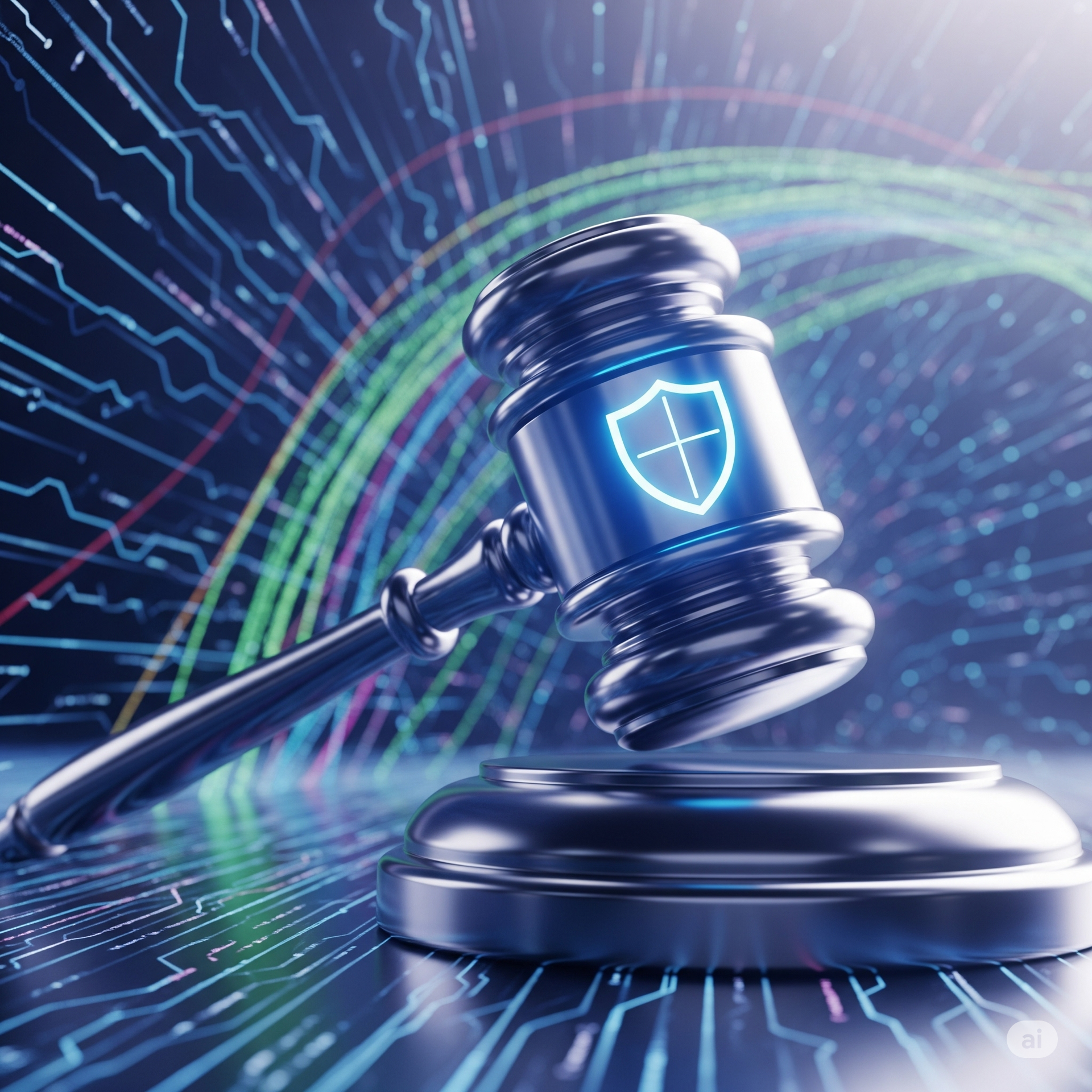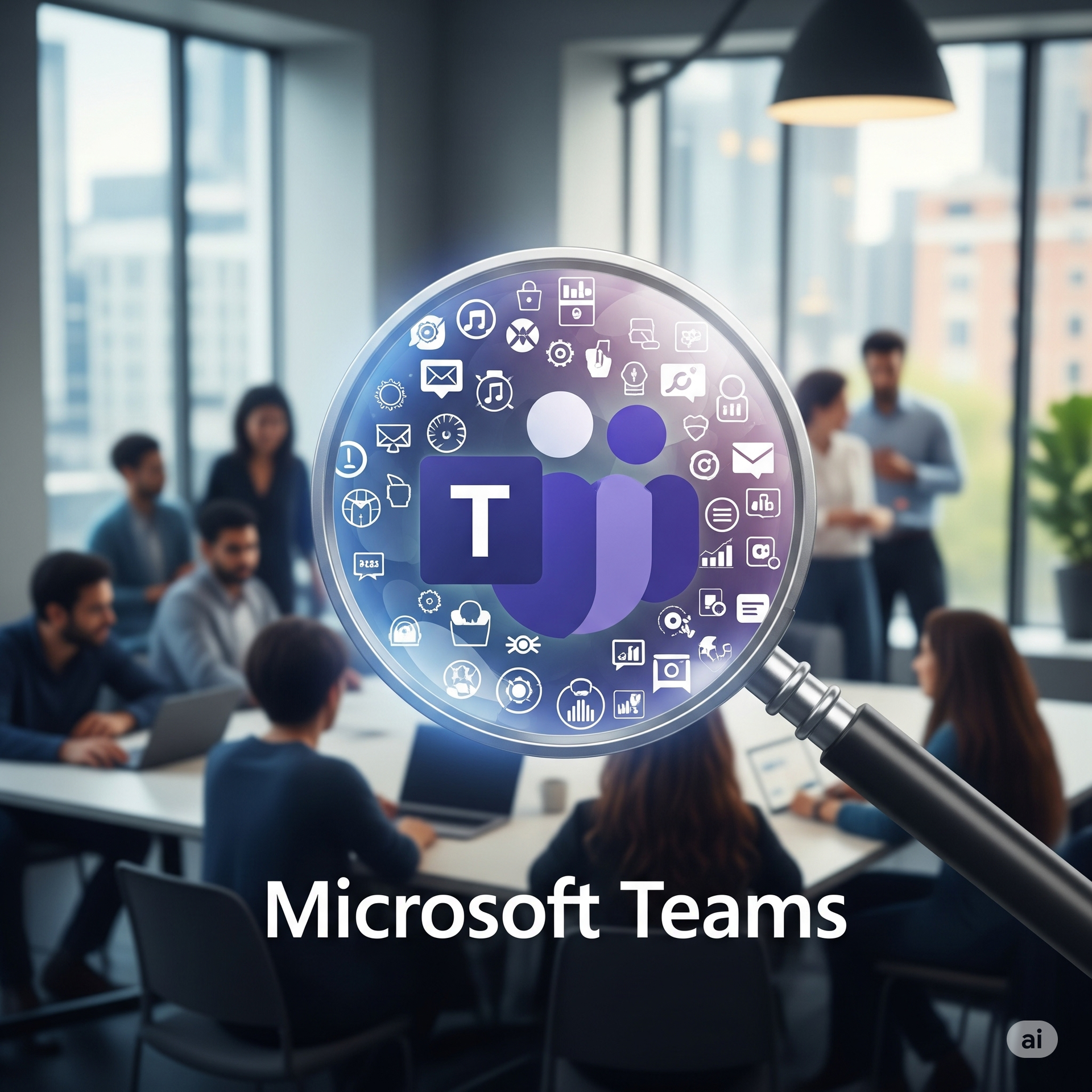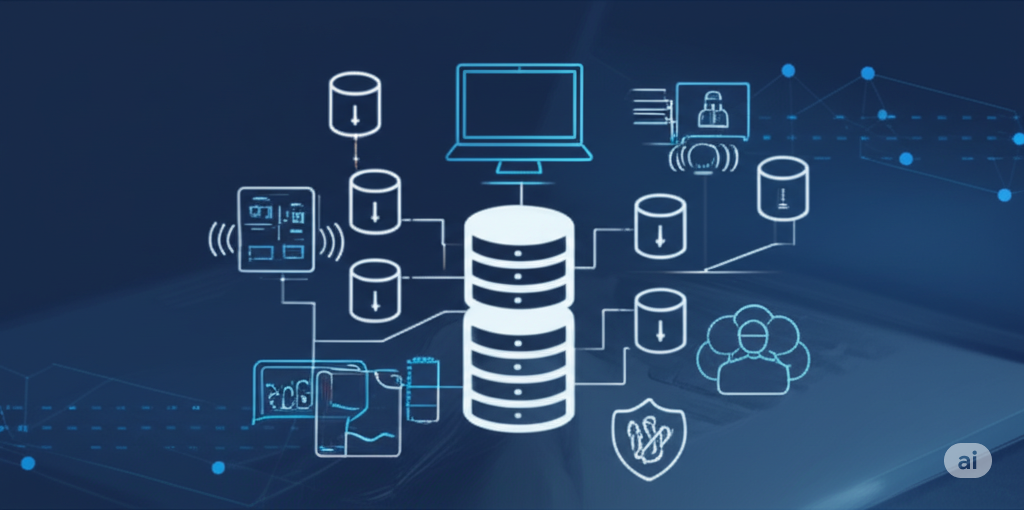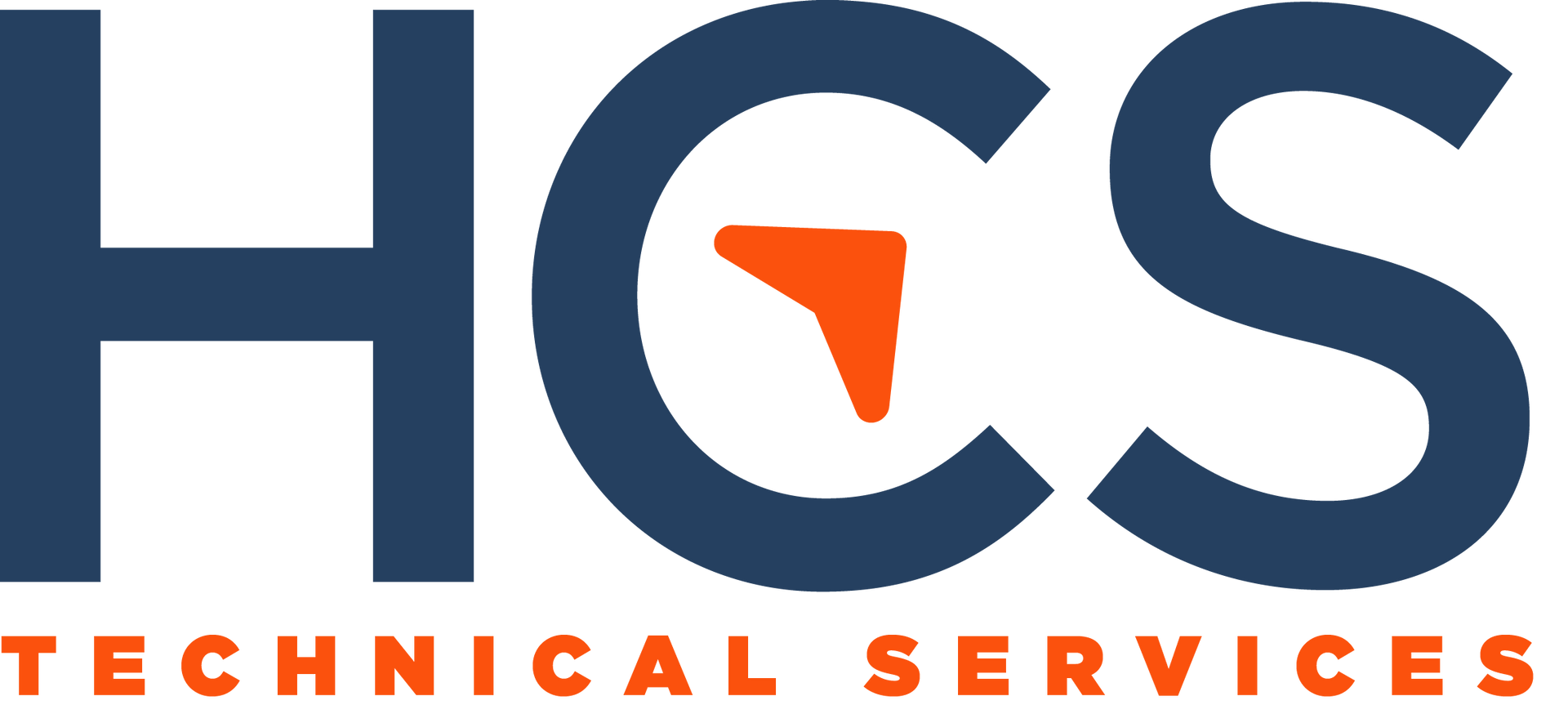Predictable Flat Rate IT Services vs Break Fix Support for Cost Effectiveness
Predictable Flat Rate IT Services vs Break Fix Support for Cost Effectiveness
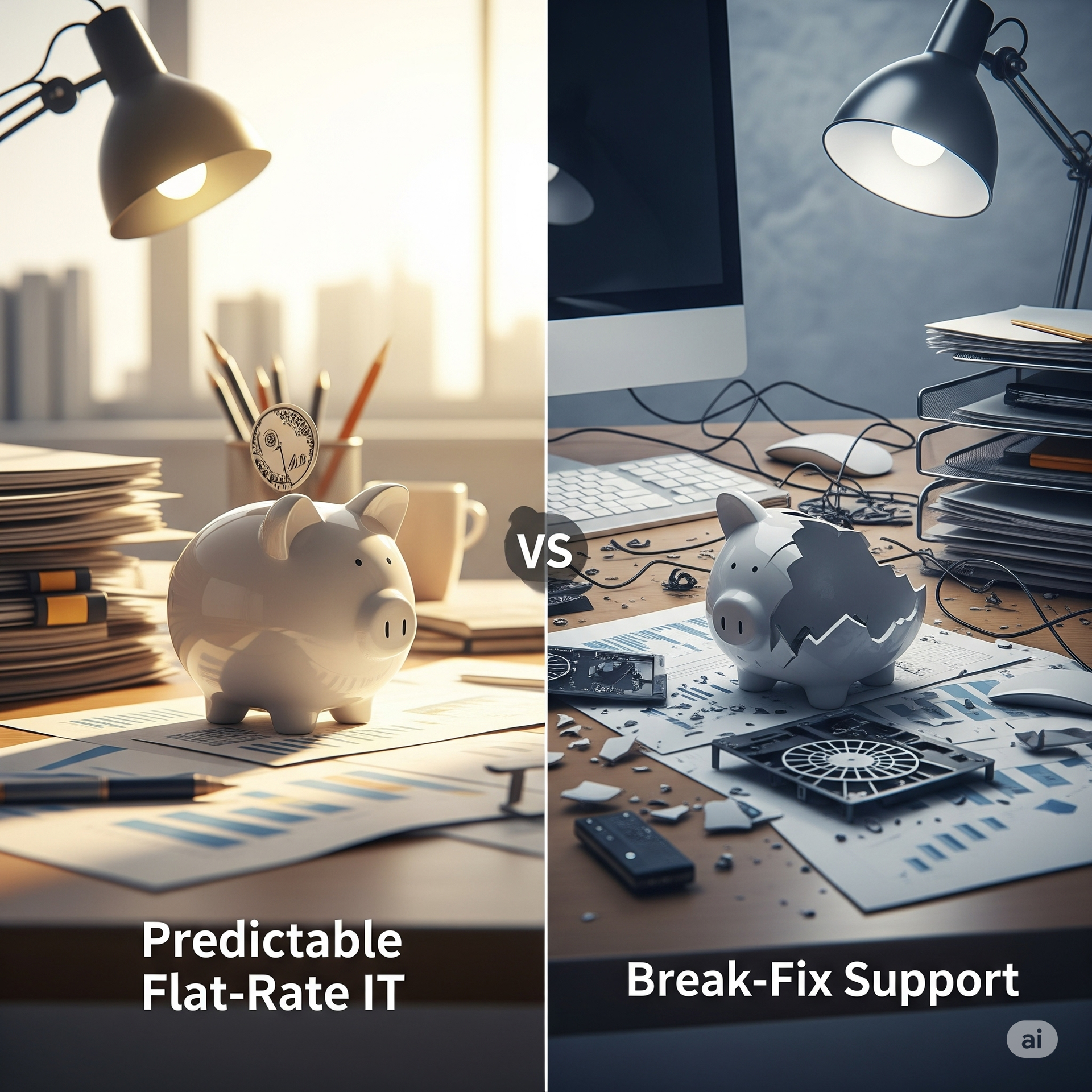
Understanding IT Support: Flat Rate vs. Break Fix
In the realm of IT support, businesses often face a pivotal choice between two predominant service models: Predictable Flat Rate IT Services and Break Fix Support. Understanding the distinction between these models is crucial for any organization aiming to optimize their IT infrastructure while managing costs effectively. Predictable Flat Rate IT Services, often encapsulated under Managed IT Services, provide a subscription-based model where businesses pay a consistent monthly fee for comprehensive IT support. This model emphasizes proactive management of IT systems, aiming to prevent issues before they arise and ensuring seamless operation of digital infrastructure. Conversely, Break Fix Support operates on a reactive approach. Businesses engage IT services only when problems occur, paying for each service on an ad-hoc basis. This method can lead to fluctuating costs and a general unpredictability in budgeting for IT expenses. As companies grow increasingly reliant on technology for operations, understanding these differences helps in evaluating which approach aligns with their long-term strategic goals, risk tolerance, and budget constraints.
Cost Predictability and Budgeting Considerations
Predictability in budgeting is often a primary concern for businesses when selecting an IT support model. The Predictable Flat Rate model offers substantial advantages in this regard. With a fixed monthly fee, businesses can easily forecast their IT expenses, allowing for more strategic allocation of financial resources across other areas. This model protects businesses from unexpected IT-related financial spikes, such as costly emergency repairs or extensive downtime recovery efforts. On the other hand, the Break Fix approach, while seemingly cost-effective for businesses with minimal IT demands, can result in unpredictable expenses. As issues arise, costs can quickly escalate beyond initial estimates, complicating budget management. Businesses may find themselves over-allocating funds during times of crisis, disrupting financial stability. Furthermore, the time spent resolving these issues can translate into significant productivity losses, which are often difficult to quantify but impactful nonetheless. For businesses prioritizing financial stability and predictability, Flat Rate IT Services present a more controlled financial pathway.
Proactive vs. Reactive IT Management
- Predictable Flat Rate IT Services provide comprehensive, proactive management of IT infrastructure.
- By continuously monitoring systems, potential issues are identified and resolved before disrupting operations.
- This preemptive approach minimizes downtime and enhances overall productivity.
- In contrast, Break Fix Support reacts to issues after they have occurred, often when the impact has become apparent.
- Reactive management can lead to prolonged downtime and often incurring higher costs for urgent fixes.
- Businesses leveraging proactive IT services experience fewer disruptions and maintain smoother operations.
Evaluating Long-term Business Benefits
When considering the long-term benefits of IT support models, businesses must weigh the inherent advantages of Predictable Flat Rate IT Services against the spontaneity of Break Fix Support. Flat Rate Services, by offering consistent oversight and continuous improvement of IT systems, align well with businesses aiming for sustainable growth and innovation. The proactive nature of these services fosters an environment of ongoing optimization, where systems are not only maintained but also enhanced to meet evolving technological standards and business needs. This competitive edge is crucial in industries where digital transformation is a constant. In contrast, the Break Fix model may appeal to businesses with less technological dependency or more volatile financial circumstances. However, the lack of ongoing improvement initiatives and strategic IT planning can pose significant challenges as technological requirements advance. For companies with long-term visions emphasizing reliability, security, and strategic growth, Predictable Flat Rate IT Services offer an infrastructural backbone capable of supporting expansive ambitions.
Making the Right Choice for Your Business
Choosing between Predictable Flat Rate IT Services and Break Fix Support essentially boils down to aligning IT needs with business priorities and growth strategies. For organizations where technology plays a central role in day-to-day operations, the predictability and comprehensive nature of Flat Rate Services provide both peace of mind and operational efficiency. This model ensures that IT resources are continuously optimized and aligned with business goals, providing a strategic advantage in an increasingly complex digital landscape. Conversely, the Break Fix model may suit smaller businesses or those with less integrated technological structures, where immediate costs seem less daunting. However, these businesses must be prepared for potential reactive repair expenses that could outpace initial savings. In assessing both models, consideration of current IT dependence, future goals, risk tolerance, and budget flexibility should guide decision-making processes. Ultimately, the right choice will support not only current operational needs but also future-proof the organization against evolving technological and economic challenges.
Partnering with HCS Technical Services for Optimal IT Solutions
At HCS Technical Services, we specialize in delivering tailored IT solutions that align perfectly with your business goals, whether through Predictable Flat Rate IT Services or understanding the implications of Break Fix Support. Our expertise in the ever-evolving world of IT ensures that your business stays ahead, leveraging technology to maximize efficiency, security, and innovation. We understand that each business is unique, which is why we offer personalized assessments to determine the most suitable IT support model for your specific needs. With over 25 years of experience serving the San Marcos, Austin, Wimberley, and New Braunfels areas, our commitment to exceptional service and strategic IT planning positions us as your ideal partner in navigating the complexities of IT management. Contact HCS Technical Services today to explore how our solutions can drive your business forward, ensuring both immediate productivity and long-term growth. Our team is ready to assist you in optimizing your IT infrastructure for maximum cost-effectiveness and performance.
HCS Technical Services


